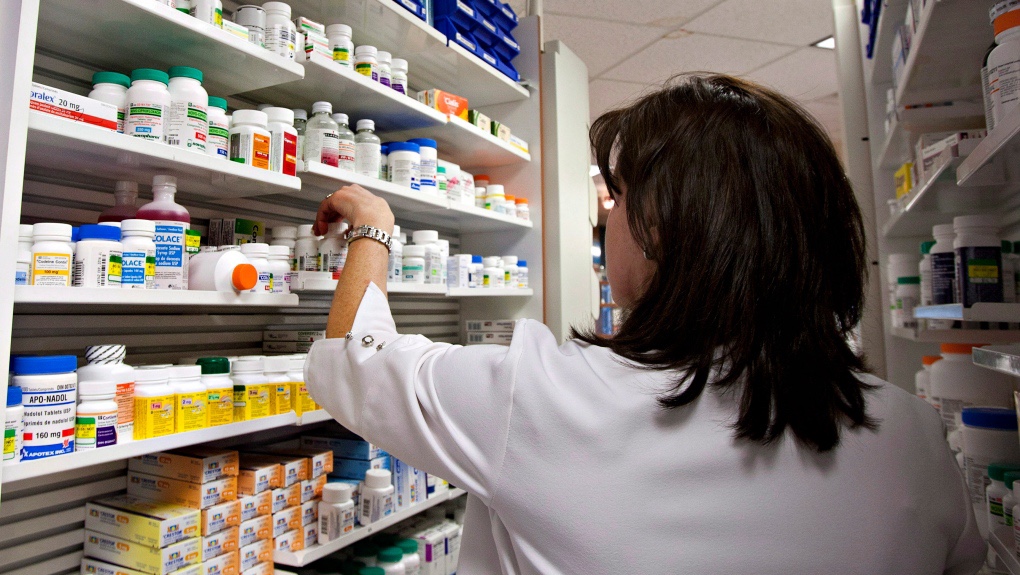
Canadians trying to access crucial medication last year might have found their prescriptions were harder to fill thanks to an increase in reported drug shortages(opens in a new tab) that Health Canada says has continued throughout 2023.
While the spike represents an increase in the number of shortages and their length compared to 2020 and 2021, however, it actually brings Canada back in line with a trend that goes at least as far back as 2017, when reporting began, according data provided by Health Canada to CTVNews.ca.
It’s a trend Jen Belcher, pharmacist and president of strategic initiatives for the Ontario Pharmacists Association, knows well.
Drug shortages overall over the last five to 10 years…have been really much greater in quantity and severity than we’ve ever seen before,” she told CTVNews.ca in a phone interview. “From the children’s pain and fever medication last year, cold and flu products, antibiotics, but really, you know, even some critical medications for the cardiovascular events like a nitroglycerin spray.”
So far this year, Health Canada has received 2,452 shortage reports, representing 1,673 unique marketed prescription drugs. A drug is considered “in shortage” when its supply does not meet demand. Marketed drugs are those that are sold in Canada – since not all drugs approved in Canada are actually on the market here – and unique shortage reports are what remains after duplicated reports are removed from the total.
“Since the beginning of mandatory reporting legislation, March 2017, an average of 2,556 shortages of marketed prescription drugs has been reported each year, representing an average of 1,840 unique drugs in shortage annually since 2017,” the agency wrote in an email to CTVNews.ca.
Between 2017 and 2019, the number of new shortages reported each year remained steady, averaging 230 reports per month. By 2019, however, those shortages were beginning to last longer than they had previously. Then, in 2020 and 2021, something changed.
The average number of new shortages per month dropped to 187, and the duration of those shortages was shorter. Public health experts have theorized(opens in a new tab) that cases of infectious diseases besides COVID-19 dropped during that time, since most Canadians were practicing physical distancing and wearing masks in public, both of which helped prevent the spread of common infections.
In 2022, as pandemic-related restrictions loosened, public health units across the country saw a resurgence of certain bacterial and viral infections. At the same time, Health Canada says, the number of reported drug shortages rose to an average of 222 per month, nearly back to pre-pandemic levels.
“Last year saw an uptick in both the duration of shortages as well as the average monthly number of new shortages,” the agency told CTVNews.ca. “So far in 2023, the trends for number of reports and shortage duration are similar to last year.”
The agency cites manufacturing disruption, increased demand, delays in shipping, a shortage of an active ingredient and a general “other” as the top five drivers of the current shortages.



